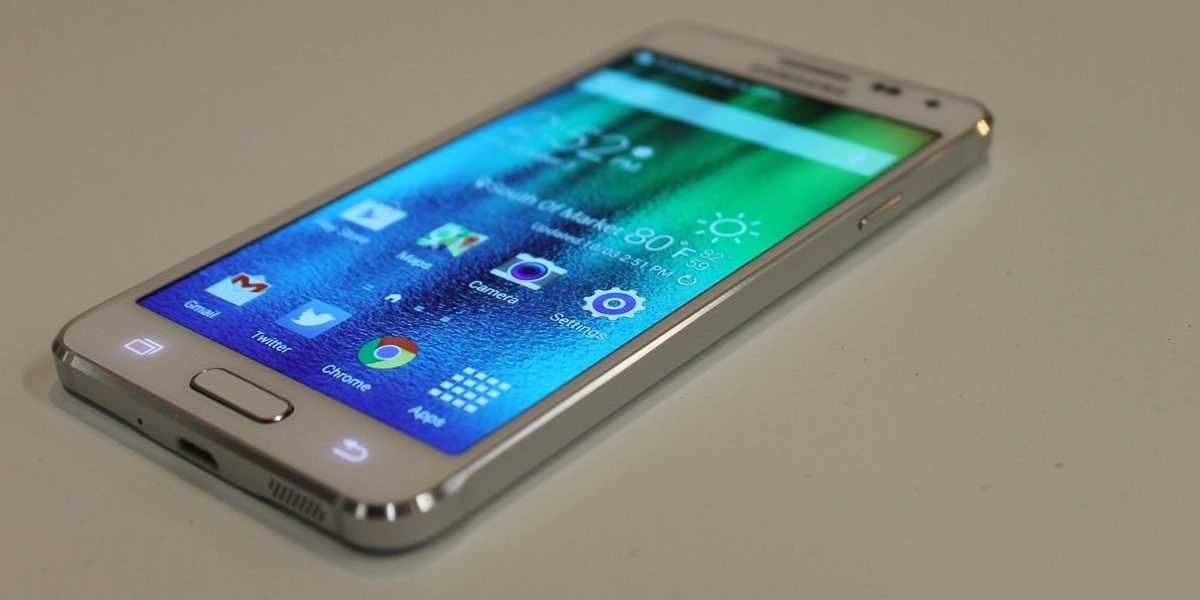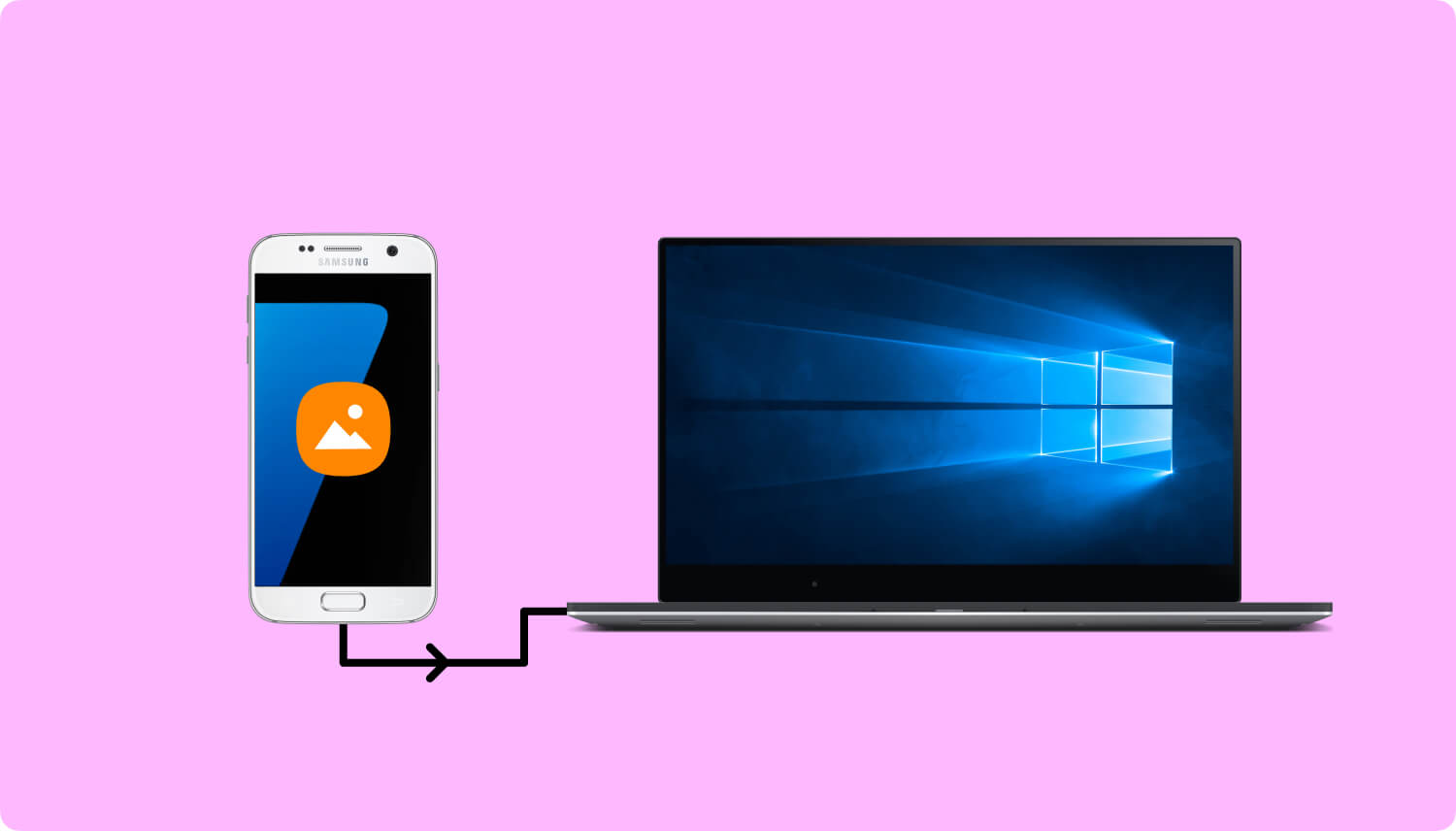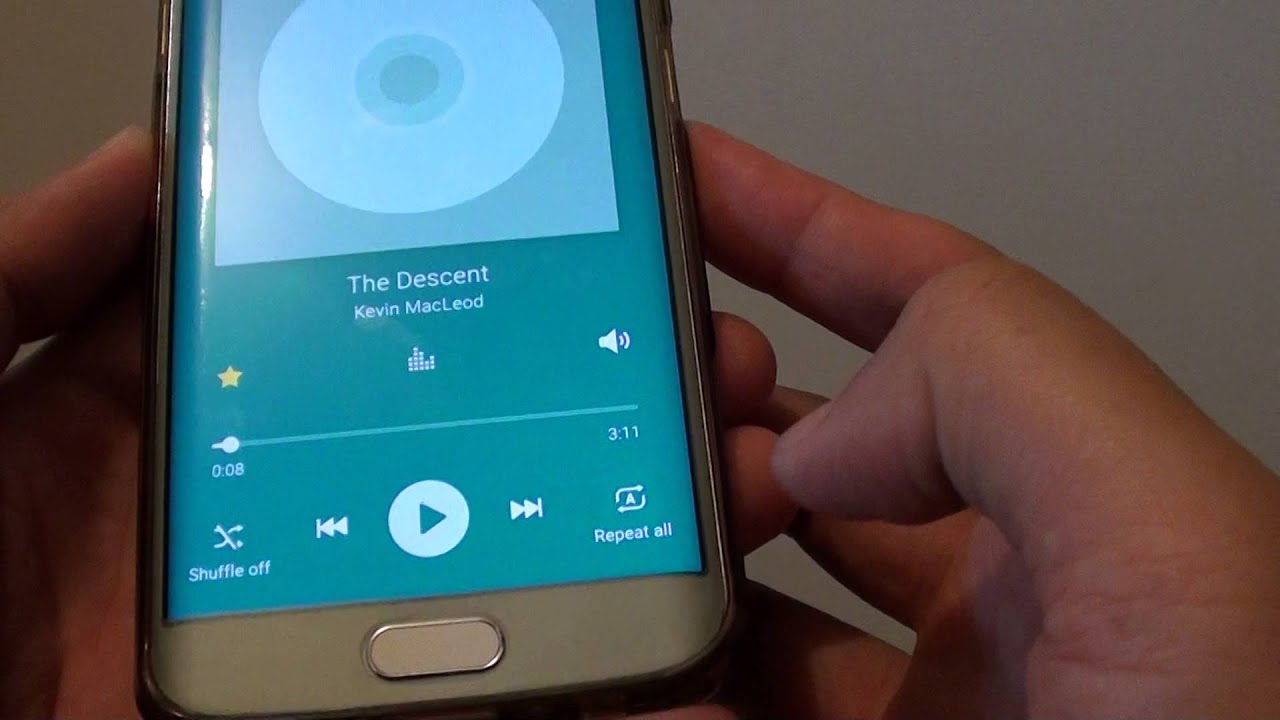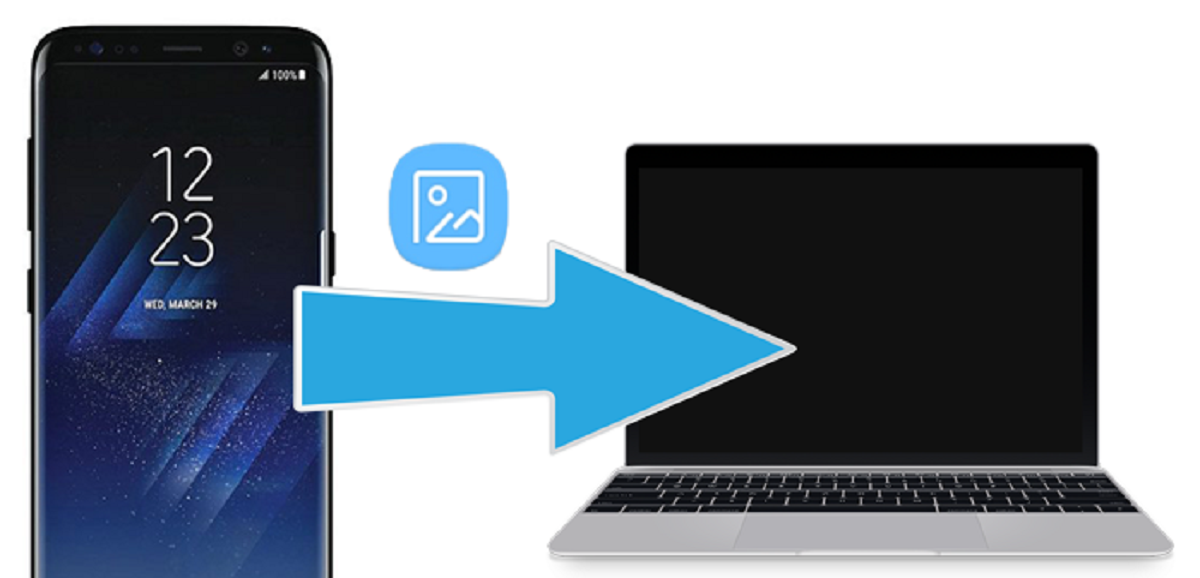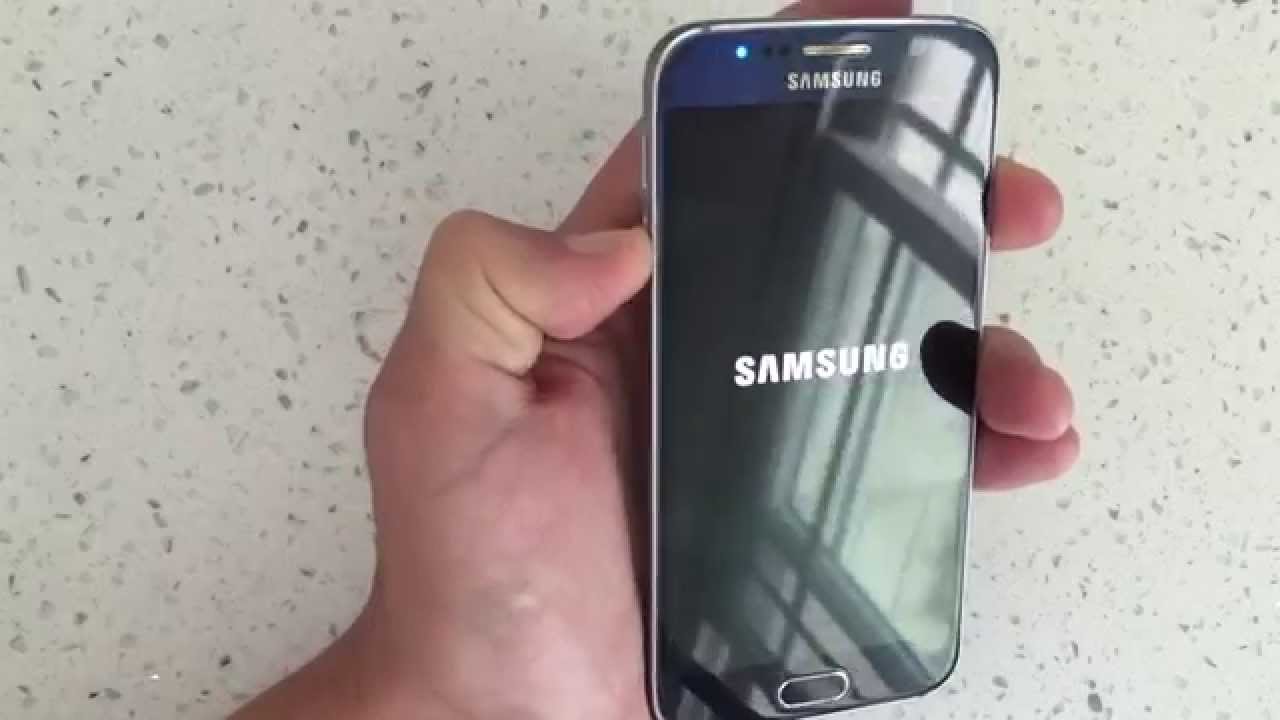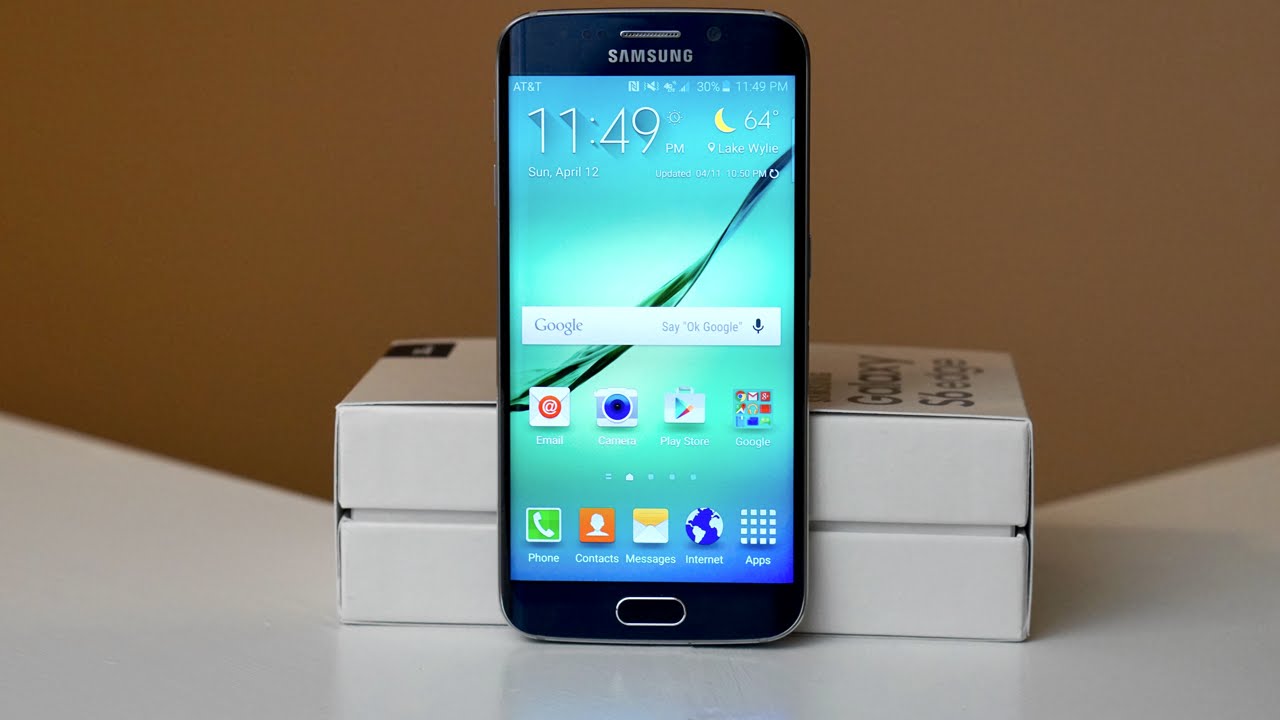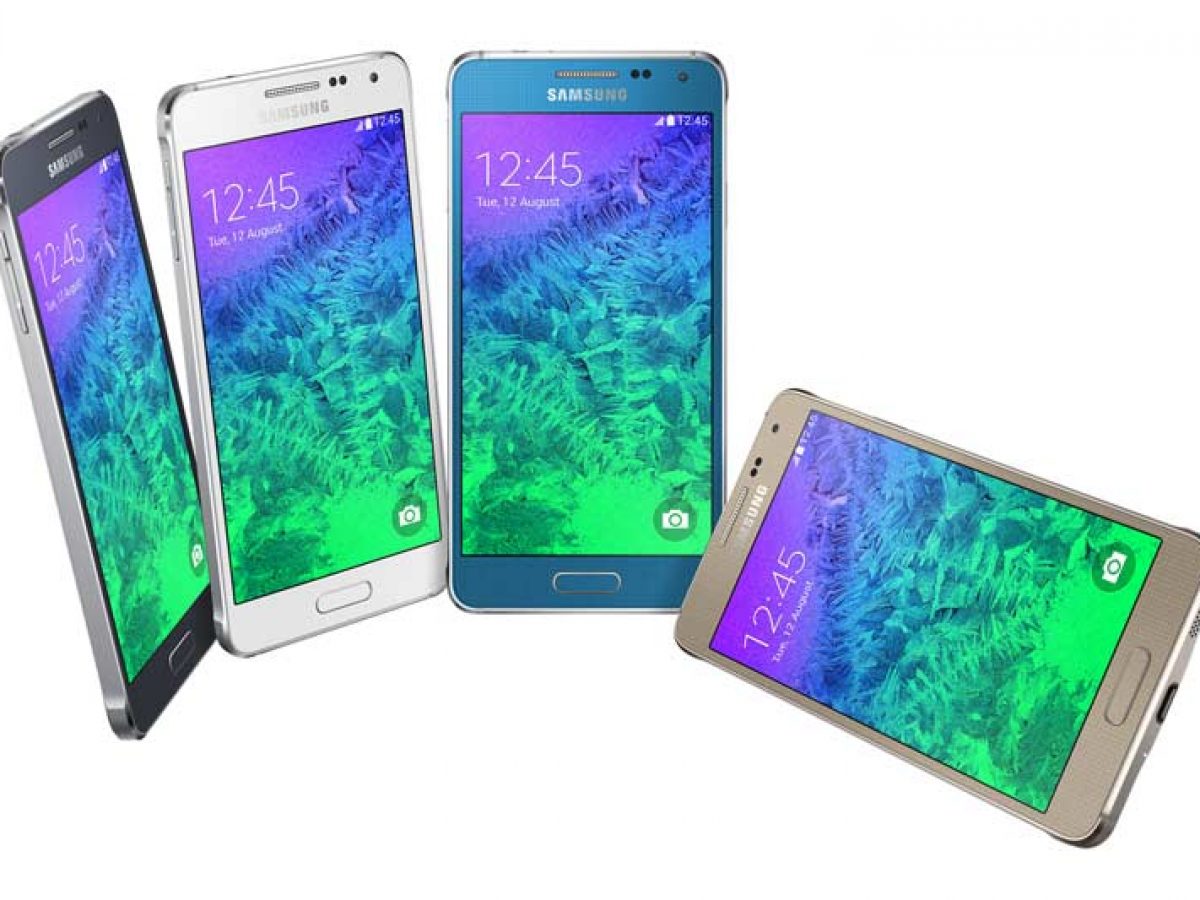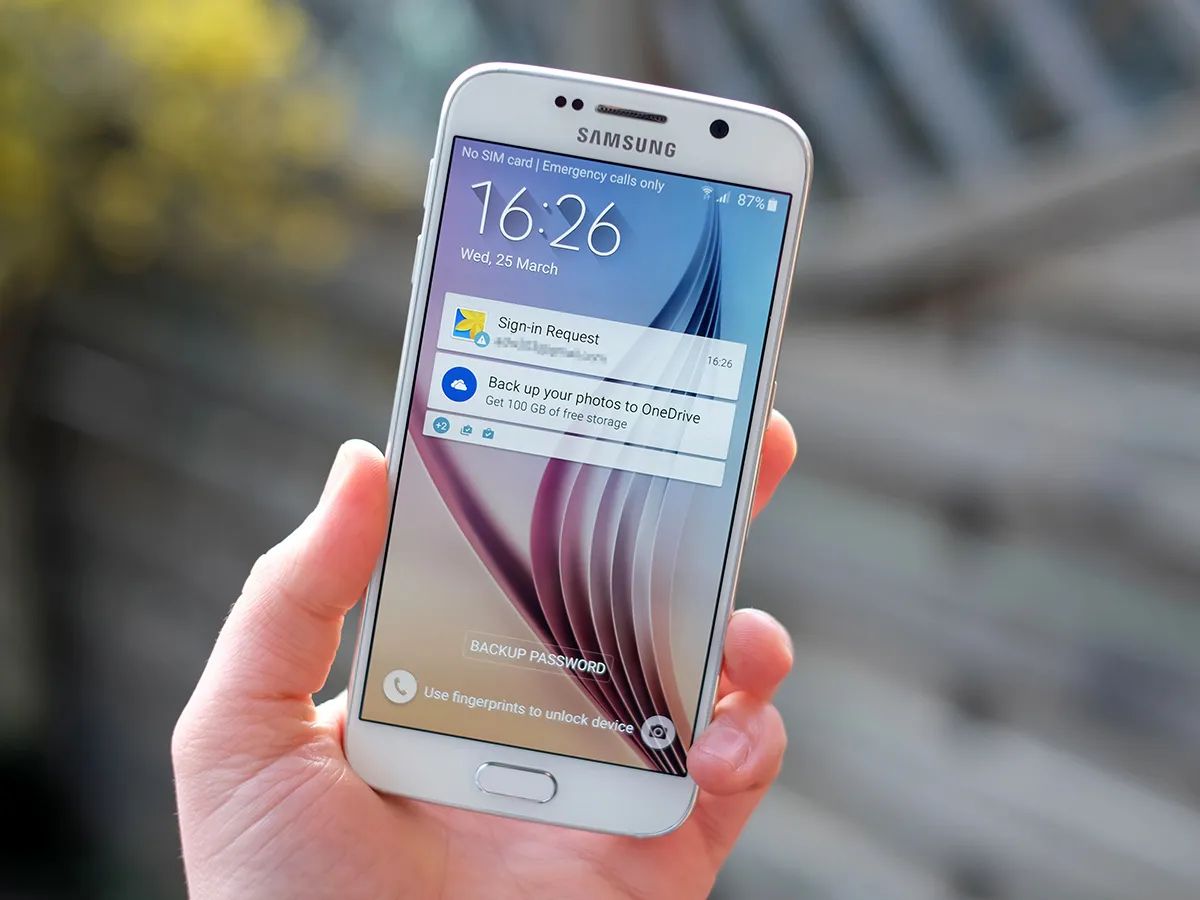Introduction
Have you found yourself in a situation where your beloved Samsung Galaxy S6 is stuck in an unresponsive state, rendering it unusable? Fret not, as you may be able to unbrick your device and bring it back to life. The term “bricking” refers to a state in which the phone becomes completely non-functional, resembling a lifeless brick. Fortunately, there are several methods you can try to revive your Samsung Galaxy S6 and restore its functionality.
In this article, we will explore the common causes of bricking a Samsung Galaxy S6 and provide step-by-step instructions on how to unbrick it. The methods discussed here are tried and tested, but it is important to note that they may not work in every case. Before attempting any of the solutions, it is advisable to back up your data if possible, as some methods may result in data loss.
If you have unintentionally bricked your Samsung Galaxy S6 through a failed software update, a system crash, or any other reason, read on to discover the potential solutions that might help you revive your device and get it back to its original working condition.
What does it mean to “brick” a Samsung Galaxy S6?
When we refer to “bricking” a device, it means that the device has become completely unresponsive and unusable, essentially turning it into a “brick.” In the case of a Samsung Galaxy S6, bricking can occur due to various reasons, such as a failed software update, a corrupted operating system, or errors during the rooting process.
When a Samsung Galaxy S6 is bricked, it will no longer function as intended. The device may fail to boot up, display a blank screen, or continually restart without completing the startup process. Often, the device will not respond to any user input, making it seem like a lifeless object.
Bricking can be classified into two types: soft brick and hard brick. A soft brick refers to a situation where the device can still be revived through software solutions. It usually occurs due to software-related issues or improper installation of custom ROMs. On the other hand, a hard brick is a more severe form of bricking, where the device becomes completely unresponsive and cannot be fixed through software means alone. This kind of bricking typically occurs when there is a hardware failure or critical damage to the device.
When your Samsung Galaxy S6 is bricked, it can be a frustrating and worrisome experience. However, before giving up hope, it is important to understand that there are several methods and techniques available to potentially revive your device and get it back in working order. In the following sections, we will explore different approaches and solutions that can help you unbrick your Samsung Galaxy S6.
Causes of bricking a Samsung Galaxy S6
Bricking a Samsung Galaxy S6 can occur due to various reasons, ranging from software issues to hardware failures. Let’s take a closer look at the common causes of bricking your device:
- Failed software update: One of the primary reasons for bricking a Samsung Galaxy S6 is a failed software update. If the update process gets interrupted or encounters an error, it can lead to a partially installed or corrupt operating system, rendering the device unresponsive.
- Rooting gone wrong: Rooting, the process of gaining administrative access to the device’s system files, can sometimes go wrong and result in a bricked Samsung Galaxy S6. If an incorrect rooting method is used or essential system files are modified or deleted, it can cause instability and make the device unusable.
- Third-party modifications: Installing custom ROMs, kernels, or mods from untrusted sources can also lead to bricking. These modifications may lack compatibility with the device’s hardware or software, leading to system instability and ultimately causing the device to brick.
- Overclocking: Overclocking refers to pushing the device’s CPU or GPU beyond its recommended limits to achieve higher performance. However, if done improperly or without proper cooling measures, it can result in overheating, instability, and bricking of the Samsung Galaxy S6.
- Hardware failure: While less common, hardware failures can also lead to bricked devices. Power supply issues, faulty components, or physical damage can cause critical system malfunctions that render the Samsung Galaxy S6 unresponsive.
It is crucial to be cautious when performing software updates, rooting, or making any modifications to your Samsung Galaxy S6. Following proper instructions, using trusted sources, and taking necessary precautions can greatly reduce the risk of bricking your device.
In the next sections, we will explore various methods to unbrick your Samsung Galaxy S6, depending on the cause and severity of the bricking situation.
How to determine if your Samsung Galaxy S6 is bricked
Before attempting to unbrick your Samsung Galaxy S6, it is important to confirm whether the device is truly bricked or if it is experiencing a different issue. Here are some signs that can help you determine if your Samsung Galaxy S6 is indeed bricked:
- No power: When you try to turn on your Samsung Galaxy S6, it shows no signs of powering up, such as the screen remaining black or not responding to any button presses.
- Boot loop: The device continuously restarts without completing the startup process and gets stuck in a loop, making it impossible to access the device’s interface.
- Unresponsive screen: The screen remains frozen or unresponsive to touch inputs, preventing you from accessing any apps or features on the device.
- No display: The Samsung Galaxy S6 display remains completely black, with no signs of any activity or the device failing to show anything after powering on.
- Error messages: If your Samsung Galaxy S6 displays error messages related to software or firmware, it can indicate a possible bricking issue.
If your device exhibits any of these symptoms, it suggests that your Samsung Galaxy S6 may be bricked. However, it is important to note that these signs are not exclusive to bricking and can also be caused by other issues. To confirm the bricking, you can try connecting the device to a computer and see if it is recognized. If the computer fails to detect the device, it further indicates a bricking problem.
It is advisable to exhaust all possible troubleshooting options and perform a thorough diagnosis before concluding that your Samsung Galaxy S6 is bricked. Sometimes, the device may appear to be bricked, but it could be a software or firmware issue that can be resolved through alternative methods.
Now that you have determined that your Samsung Galaxy S6 is indeed bricked, let’s explore some methods to unbrick it and restore its functionality.
Method 1: Force restart the Samsung Galaxy S6
Sometimes, a simple force restart can fix minor software glitches and temporarily unbrick your Samsung Galaxy S6. Here’s how you can perform a force restart:
- Press and hold the Power button and the Volume Down button simultaneously for about 10 to 15 seconds.
- Keep holding the buttons until the device vibrates and the Samsung logo appears on the screen.
- Release the buttons and wait for the device to complete the boot-up process.
If your Samsung Galaxy S6 was experiencing a temporary freeze or unresponsive behavior, a force restart may resolve the issue and bring your device back to normal functioning. However, if the device remains bricked even after a force restart, you may need to explore other methods to unbrick it.
Note that a force restart will not erase any data on your device, so you don’t have to worry about losing your personal information or files.
Try this method first before proceeding to more advanced solutions. If the force restart does not work, don’t panic, as there are additional methods you can attempt to unbrick your Samsung Galaxy S6.
Method 2: Boot the Samsung Galaxy S6 into Recovery Mode
If force restarting your Samsung Galaxy S6 did not resolve the bricking issue, you can try booting the device into Recovery Mode. Recovery Mode is a built-in feature that allows you to perform various maintenance tasks and troubleshoot software-related problems. Here’s how you can boot your Samsung Galaxy S6 into Recovery Mode:
- Power off your Samsung Galaxy S6 by pressing and holding the Power button until the “Power off” option appears on the screen. Tap “Power off” and wait for the device to shut down completely.
- Press and hold the Power button, the Volume Up button, and the Home button simultaneously.
- Continue holding the three buttons until the Samsung Galaxy S6 logo appears on the screen, and then release all the buttons.
- The device will now boot into Recovery Mode, and you will see the recovery menu on the screen.
- Use the Volume Up and Volume Down buttons to navigate through the menu, and the Power button to select an option.
Once you are in Recovery Mode, you have various options to try and unbrick your Samsung Galaxy S6. You can try wiping the cache partition, performing a factory reset, or applying software updates if available. However, be cautious as some options may result in data loss, so it is advisable to back up your data beforehand if possible.
If your device responds and functions properly in Recovery Mode, it indicates that the issue may be software-related. You can try different options in the recovery menu to fix the problem. However, if your Samsung Galaxy S6 remains unresponsive or continues to display bricking symptoms even in Recovery Mode, you may need to explore other methods.
Keep in mind that the steps to enter Recovery Mode may vary slightly depending on the device model and software version of your Samsung Galaxy S6. If the above steps don’t work, refer to the device manual or consult official Samsung support for specific instructions.
In the next section, we will discuss another method to unbrick your Samsung Galaxy S6 using Odin, a firmware flashing tool.
Method 3: Flash stock firmware on the Samsung Galaxy S6 using Odin
If force restarting or booting into Recovery Mode did not resolve the bricking issue on your Samsung Galaxy S6, you can try flashing the stock firmware using a tool called Odin. This method involves reinstalling the original operating system onto your device. Here is a step-by-step guide on how to flash stock firmware using Odin:
- Download and install the latest version of Odin on your computer.
- Visit the Samsung firmware website or a reliable third-party source to download the correct stock firmware file for your specific Samsung Galaxy S6 model. Ensure that you download the appropriate firmware version compatible with your device.
- Extract the downloaded firmware file to your computer. You should have a file with the “.tar” or “.tar.md5” extension.
- Enable Developer Mode on your Samsung Galaxy S6 by going to Settings > About device > Software information, and tap on the Build number seven times to unlock Developer options.
- Enable USB Debugging in Developer Options by going to Settings > Developer options > USB Debugging.
- Power off your Samsung Galaxy S6 and boot it into Download Mode by pressing and holding the Power button, Volume Down button, and Home button simultaneously. Press the Volume Up button when prompted to enter Download Mode.
- Connect your Samsung Galaxy S6 to your computer with a USB cable.
- Open Odin on your computer and ensure that your device is detected and listed in the “ID:COM” section. The ID:COM box should turn blue or show a COM port number.
- In Odin, click on the “AP” or “PDA” button (depending on the Odin version) and select the firmware file you extracted earlier.
- Ensure that only the options “Auto Reboot” and “F. Reset Time” are checked in Odin.
- Click on the “Start” button in Odin to begin the firmware flashing process. This may take a few minutes.
- Once the flashing process is complete, you will see a “PASS!” message in Odin, indicating that the firmware has been successfully flashed on your device.
- Disconnect your Samsung Galaxy S6 from the computer and wait for it to reboot. The device should now boot up with the stock firmware installed.
Flashing stock firmware using Odin can help unbrick your Samsung Galaxy S6 by replacing any corrupted or incompatible firmware files. However, it is crucial to ensure you download the correct firmware for your device to avoid further issues or incompatibilities.
It’s important to note that flashing firmware using Odin can potentially erase all data on your device, so it is essential to backup your important files before proceeding. If flashing the stock firmware does not resolve the bricking issue, you may need to consider other methods or seek professional assistance.
In the next section, we will discuss another method involving the use of ADB and Fastboot to unbrick your Samsung Galaxy S6.
Method 4: Use ADB and Fastboot to unbrick the Samsung Galaxy S6
If the previous methods did not successfully unbrick your Samsung Galaxy S6, you can try using ADB (Android Debug Bridge) and Fastboot, which are command-line tools that allow communication between your computer and Android devices. Here’s how you can use ADB and Fastboot to potentially unbrick your device:
- Ensure that you have ADB and Fastboot installed on your computer. If not, you can download the Android SDK Platform Tools package from the official Android Developers website.
- Enable Developer Mode on your Samsung Galaxy S6 by going to Settings > About device > Software information, and tap on the Build number seven times to enable Developer options.
- Enable USB Debugging in Developer Options by going to Settings > Developer options > USB Debugging.
- Connect your Samsung Galaxy S6 to your computer with a USB cable.
- Open a command prompt or terminal window on your computer.
- Enter the following command to ensure your device is detected by ADB:
adb devices. If your device is listed, you are ready to proceed. - Next, enter the following command to boot your Samsung Galaxy S6 into Fastboot Mode:
adb reboot bootloader. - Once your device is in Fastboot Mode, enter the command
fastboot devicesto confirm that your device is detected by Fastboot. - Now, you can try flashing a custom recovery or a stock firmware using Fastboot. For example, to flash a custom recovery, enter the command:
fastboot flash recovery recovery.img(replace “recovery.img” with the name of the custom recovery file). - Wait for the flashing process to complete, and then enter the command
fastboot rebootto reboot your Samsung Galaxy S6.
Using ADB and Fastboot provides you with more advanced options for unbricking your Samsung Galaxy S6. You can try various commands and flashing methods to restore your device to a functional state. However, it’s important to exercise caution and ensure you have the correct files and instructions for your specific device model.
If this method does not unbrick your Samsung Galaxy S6 or you are uncomfortable with command-line tools, it may be best to seek professional assistance or contact the official Samsung support team for further guidance.
Now that you have explored various methods to unbrick your Samsung Galaxy S6, try them out and hopefully, you will be able to revive your device and enjoy its functionalities once again.
Conclusion
Experiencing a bricked Samsung Galaxy S6 can be a frustrating ordeal, but there are several methods you can try to revive your device and restore its functionality. From force restarting the device to using advanced tools like Odin, ADB, and Fastboot, each method offers a potential solution depending on the severity of the bricking issue.
It is essential to determine if your Samsung Galaxy S6 is truly bricked before attempting any of the methods. Look for signs such as unresponsiveness, boot loops, and error messages to confirm the issue. Once confirmed, you can move forward with the appropriate method.
Start with simpler methods like force restarting and booting into Recovery Mode, as these often resolve minor software glitches and temporary freezes. If these methods don’t work, flashing the stock firmware using Odin can help replace corrupt or incompatible files, potentially resolving the bricking issue.
If all else fails, using ADB and Fastboot provides more advanced options for unbricking your Samsung Galaxy S6. These command-line tools allow you to perform various operations and flash custom recoveries or firmware.
Remember to exercise caution when attempting any of these methods, as they may result in data loss or other complications. It’s always a good idea to back up your data before proceeding. If you’re unsure or uncomfortable with these methods, consider seeking professional assistance or contacting Samsung support for guidance.
With perseverance and the right resources, you have a good chance of unbricking your Samsung Galaxy S6 and getting it back to its original working condition.







